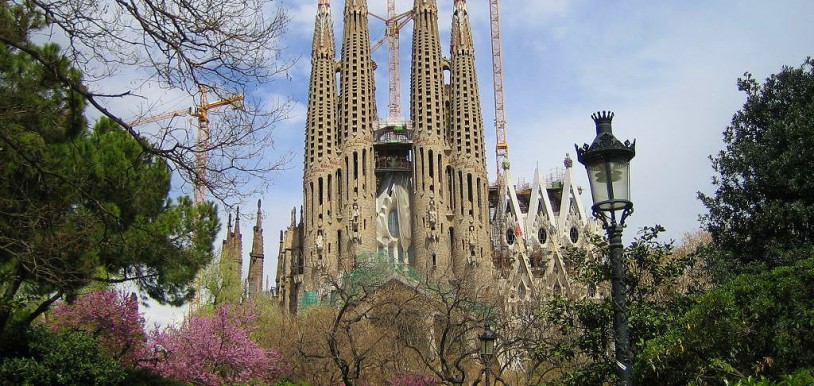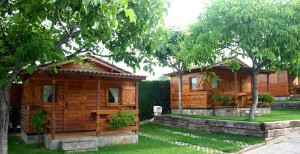Do you know Barcelona?
The city streets are an extension of the lives of its inhabitants; they are part of their homes, their way of sharing and living together in what is, in short, their home or everyone’s home. If we walk through Barcelona and look at its street signs, we’ll see the names of poets, architects, scholars, politicians, property owners and families, as well as guilds or words that have their origins not so much in an intellectual act but in a popular saying. Every street has its own unique story to tell. They contain the memories, events and remnants of history that have shaped the soul and spirit of the thoroughfares in the heart of the city.

Come to know Barcelona with BungalowsClub !
The word “Rambla” comes from the Arabic word “Ramla”, meaning “sandy river bed”. When it rained, water flowed down from the mountains and ran along the river bed. After the hospital had been built, the river bed was turned into a street known as La Rambla; it was Barcelona’s first and only major wide boulevard. At the time, Barcelona only had narrow streets that kept the houses cool during the summer months. This made La Rambla the best street in Barcelona for taking a walk. It also gave the well-to-do the chance to show off their wealth, as their exclusive attire and jewellery didn’t catch anyone’s attention in the dark, narrow streets. The word “Rambla” was even turned into an expression “ramblear” which means “to people-watch”. You can still “ramblear” on Barcelona’s Rambla. So don’t miss the opportunity to do so.
Another example is Passeig de Gràcia which was originally a carters’ path connecting the centre of Barcelona with the former village of Gràcia. Until 1827 it was known as the Camino de Jesús, or Path of Jesus. However, in 1854, plans were drafted to expand the city. A new neighbourhood, known as the Eixample, was built and the old city walls were demolished. The area began to be run by shopkeepers and the well-to-do classes. At this time, the Barcelona locals stopped calling the road the Camino de Jesús and named it simply Passeig de Gràcia, the Walk of Grace.

Relax in singular cabins in the nature !
But we couldn’t talk about historic streets without mentioning others that are less well known but have a special charm of their own. If we walk through the Born, it won’t be long before we come across the names of trades such as: Sabateria (shoemaking), Assaonador (tanning), Argenteria (silversmithing), Cotoners (cotton trading), etc. Their names are the legacies of the workshops set up by Barcelona’s most important guilds and organisations in the late Middle Ages. Groups of artisans dedicated to the same trade, set themselves up on a corporate basis to cater to the common needs of all their members. Every guild had its own guidelines and rules. They usually set up their premises on the same street and became the most important group of artisans with the result that the street adopted the name of this particular craft or trade.
With BungalowsClub, you can discover this wonderful place with the best accommodations in the nature. Don’t wait more for visit Barcelona!
Text from Barcelona Tourism


